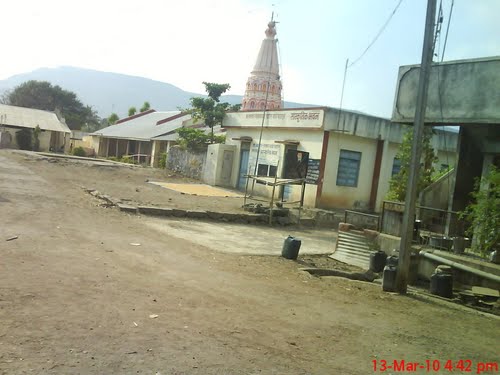Built in the 18th century, the Yamai or Sakhargad Niwasini temple complex, with its different structures and unique, extensive fortifications, is full of surprises in terms of fine craftsmanship, unique and popular folk art, graceful fusion of Yadava Period and Bahamani styles of architecture - a fine example of Kinhai village in Satara district of Maharashtra, which also displays a surprisingly accomplished level of craftsmanship in its brick, stone, clay, tile and wood buildings as well as wadas (traditional houses) and temples as examples of local architecture.
Venerated for her miraculous powers by the locals of the Kinhai village, the Goddess Yamai Devi has been worshipped for over two-and-a-half centuries and the conservation and restoration of her temple addresses its extensive historic and religious associations with the people of the region, along with its presence as an architectural landmark.
The temple is clearly built in different stages thus inheriting the architectural styles of each period in which it was built. The Gabhara (Inner Sanctum) was built in the Yadava style with monolithic stone work, the Shikhar - in the Early Maratha style and the Mandapa (Assembly Pavilion) in the Late Peshwa style. As seen in the plastering of the Shikhar, the pigment used (Haldi-kumkum/ Red-Yellow Ochre combination) formed an integral part of the lime plastering. A similar technology was adopted in the painting works for the temple, conserving traditional skills and knowledge systems.
Despite being subjected to harsh climatic conditions, this temple still stands in a good condition - a testimony to the advanced structural systems used in building the complex.





